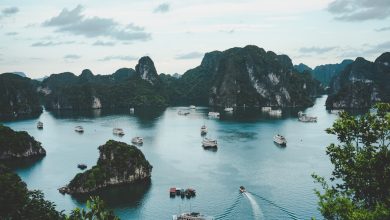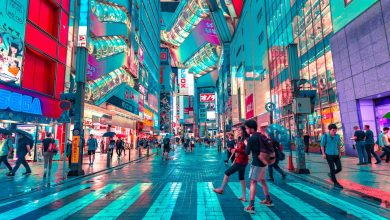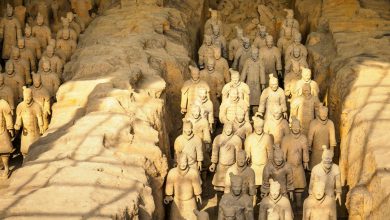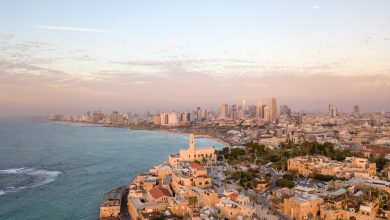
Welcome to the enchanting world of India’s Golden Triangle, a realm where history, culture, and architectural grandeur meet at the crossroads of Delhi, Agra, and Jaipur. This region is not just a geographical reference but a vibrant tapestry of India’s majestic past and pulsating present. Whether you’re an avid traveler, history enthusiast, or cultural seeker, embark on a journey through our comprehensive India’s Golden Triangle Travel Guide that promises to illuminate the path to discovery and create unforgettable memories. With each city’s unique allure, from the cosmopolitan heartbeat of Delhi to the romantic legacy of Agra, and the regal charm of Jaipur, your expedition through India’s famed triangle is bound to be nothing short of epic.
Exploring the Corners of the Golden Triangle: Delhi, Agra, and Jaipur
Embarking on a journey through India’s Golden Triangle is an adventure into the heart of the country’s rich history, culture, and architectural grandeur. This India’s Golden Triangle Travel Guide section delves into the magic of three iconic cities: Delhi, Agra, and Jaipur, each corner forming a pivotal part of this popular tourist circuit.
Delhi: The starting point for most travelers, Delhi offers a captivating mix of old and new. Here, you can wander through the narrow lanes of Chandni Chowk on a rickshaw, marvel at the grandeur of imperial monuments like the Red Fort and India Gate, or indulge in world-class shopping and dining experiences.
Agra: Just a train ride away from Delhi, Agra is synonymous with the unparalleled beauty of the Taj Mahal. But this city’s allure doesn’t stop at this iconic mausoleum; the Agra Fort and Fatehpur Sikri stand as testaments to the Mughal Empire’s legacy, offering visitors a deeper understanding of India’s historical depth.
Jaipur: Completing the triangle is Jaipur, the Pink City known for its stunning hilltop forts and regal palaces such as the Hawa Mahal and Amer Fort. Jaipur’s vibrant markets, where traditional crafts come to life, are also a paradise for shoppers and culture enthusiasts alike.
Each city within the Golden Triangle offers a distinctive experience that, collectively, reflects the diverse panorama of Indian heritage. For those crafting their India’s Golden Triangle Travel Guide, here are quick highlights:
- Delhi: Historical monuments, bustling markets, culinary delights.
- Agra: The majestic Taj Mahal, other Mughal-era wonders.
- Jaipur: Forts and palaces, rich cultural traditions, artisan shopping.
Beginning your journey through India’s Golden Triangle by understanding the unique essence of each city paves the way for a travel experience that is as enlightening as it is unforgettable. Stay tuned as our travel guide unveils the secrets and must-visit landmarks within each of these fascinating destinations.

The Majesty of Delhi: Stepping into India’s Capital
As the cornerstone of India’s Golden Triangle, Delhi strikes an exquisite balance between historic grandeur and modern dynamism, making it an essential chapter in any India’s Golden Triangle Travel Guide. This bustling metropolis serves as the perfect starting point for the Golden Triangle journey, providing travelers with a taste of India’s rich cultural tapestry.
Historical Landmarks
Delhi is adorned with a myriad of historical landmarks that whisper the tales of India’s vast heritage:
- Red Fort: The iconic symbol of India’s sovereignty.
- Qutub Minar: A soaring tower that dominates the skylines of Delhi.
- Humayun’s Tomb: A precursor to the Taj Mahal and a UNESCO World Heritage Site.
Cultural Experiences
Engaging with Delhi’s culture gives insight into the heart of India:
- Chandni Chowk: Navigate the bustling market that dates back to the 17th century.
- Lotus Temple: A serene place of worship, notable for its flowerlike architecture.
Culinary Journey
The flavors of Delhi are as diverse as its culture:
- Street Food: Sample aloo chaat and chole bhature for an authentic taste of Delhi.
- Fine Dining: Explore upscale restaurants serving Mughlai cuisine reminiscent of the emperors’ kitchens.
Modern Attractions
Mixing in contemporary delights, Delhi boasts:
- India Gate: An imposing war memorial that also serves as a popular recreational area.
- Akshardham Temple: Experience spirituality in a modern, grand scale temple complex.
In your expeditions through Delhi, the contrasts will enchant you; from the tranquility of Lodi Gardens to the energetic buzz of Connaught Place. Delhi is not just a city, but an experience waiting to unfold. Thus, any India’s Golden Triangle Travel Guide would emphasize beginning your journey here, amidst the splendor of the country’s historic capital. Delhi holds the essence of what it means to embark on an extraordinary adventure through India’s Golden Triangle – a blend of past and present that sets the tone for the incredible sights that lie ahead.
Agra: Home of the Iconic Taj Mahal and More
A stop in Agra is essential for anyone following India’s Golden Triangle travel guide. Known worldwide as the home of the iconic Taj Mahal, this city offers much more for eager travelers seeking to immerse themselves in India’s rich heritage.
- Taj Mahal: Certainly the crown jewel of Agra, the Taj Mahal is an immense mausoleum of white marble. It’s recommended to witness this wonder at sunrise when the early light bathes the structure in a soft, golden hue.
- Agra Fort: Another UNESCO World Heritage site, Agra Fort serves as a striking example of Mughal architecture. This red sandstone fortress contains a maze of palaces and royal chambers worth exploring.
- Fatehpur Sikri: A short drive from Agra, this city was founded by Emperor Akbar in the 16th century. Its complex of monuments and temples displays a blend of Islamic and Hindu design.
- Itmad-Ud-Daulah’s Tomb: Often referred to as the ‘Baby Taj’, this exquisite mausoleum predates the Taj Mahal and is a testament to the craftsmanship of Mughal builders.
Exploring Agra extends beyond sightseeing. Be sure to delve into the local bazaars like Kinari Bazaar and Sadar Bazaar for handicrafts and souvenirs. As you navigate through this historic city, soak in the atmosphere that seamlessly combines the old with the new, creating a travel experience you won’t forget.
Incorporating these Agra highlights into your India’s Golden Triangle travel guide ensures a comprehensive adventure through the pages of time. Immerse yourself in the beauty of the architectural marvels, engage with the vibrant local culture, and create memories that will last a lifetime. A visit to Agra is a chapter of your journey that encapsulates the spirit of the Golden Triangle—a blend of history, beauty, and Indian tradition.
Jaipur: A Glimpse Into Royal Heritage and Splendor
As you delve deeper into India’s Golden Triangle Travel Guide, you cannot miss the vibrant capital of Rajasthan – Jaipur. Known as the Pink City for its trademark building color, Jaipur offers an overwhelming array of royal heritage and architectural splendor.
- Hawa Mahal: Standing as a testament to the city’s regal past, the Hawa Mahal, or Palace of Winds, with its honeycombed hive-like structure, offers not only a stunning façade but whispers stories of royal ladies observing life from behind the high screens.
- Amber Fort: Ascending the rugged hills outside Jaipur, Amber Fort is a mesmerizing blend of Hindu and Mughal architecture. Here, you can indulge in an elephant ride to the main gate, mirroring the grand entrances of the maharajas of bygone eras.
- City Palace: At the heart of Jaipur lies the City Palace, where current descendants of the royal family still reside. You can marvel at its courtyards, gardens, and museums – each narrating chapters of Rajasthan’s majestic history.
When talking about Jaipur in this India’s Golden Triangle Travel Guide, it is vital to mention the Jantar Mantar, an astronomical observation site that boasts the world’s largest stone sundial, and the stellar craftsmanship evident in every inch of its instrument clusters.
Furthermore, Jaipur is a treasure trove for shoppers, with markets like Johari Bazaar and Bapu Bazaar offering textiles, jewelry, and various artisan goods. These markets are not just shopping destinations but a kaleidoscope of the city’s colorful culture.
In summary, Jaipur completes India’s Golden Triangle with a noble flourish, offering you experiences soaked in royal legacy and cultural depth. Whether you’re marveling at historic forts, palaces, or engaging with the lively bazaars, Jaipur is certain to etch its splendor in your heart.
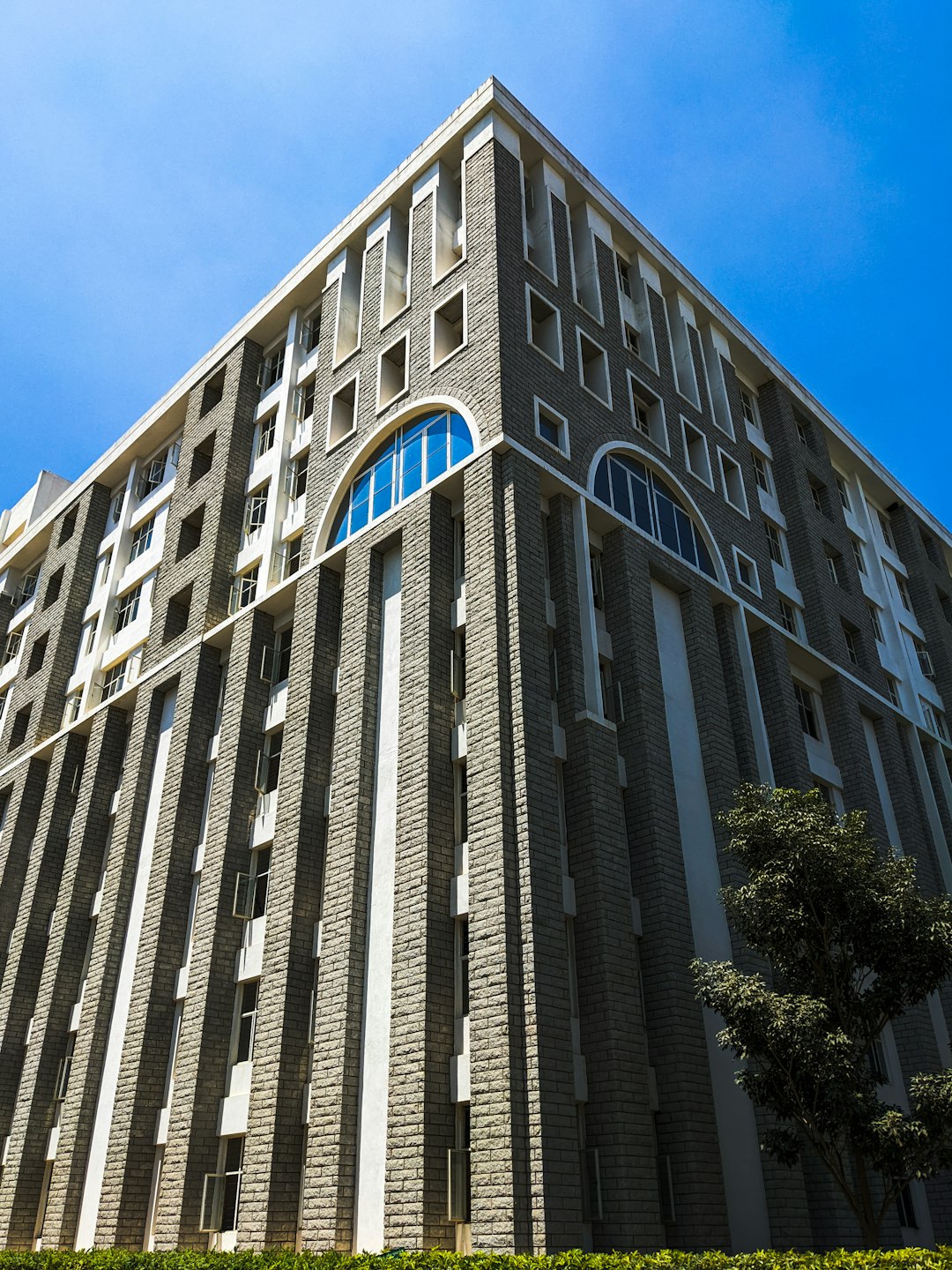
Navigating the Routes: Best Travel Options Within the Golden Triangle
When embarking on an adventure within India’s Golden Triangle, understanding the best travel options not only enhances your experience but also saves precious time. This section of India’s Golden Triangle Travel Guide is dedicated to helping you find the most suitable and efficient ways to traverse Delhi, Agra, and Jaipur.
By Rail:
- Delhi to Agra: Catch the Gatimaan Express or the Shatabdi Express for a fast and comfortable journey.
- Agra to Jaipur: Though no direct high-speed trains are available, various express trains can take you to Jaipur with ease.
- Delhi to Jaipur: The Ajmer Shatabdi or the Jaipur Double Decker are excellent choices for a quick journey.
By Road:
- Car Rentals: Renting a car with a driver is a flexible option, allowing for a personalized itinerary.
- Bus Services: Government and private buses offer affordable travel, but can be less comfortable.
By Air:
With all three cities hosting domestic airports, flying is a speedy albeit costlier alternative. Typically, tourists opt for flights when they are short on time or when arriving from other parts of India or international locations.
Regardless of your choice, plan your travel in advance to avoid any last-minute hassles. Here’s a quick comparison of travel options:
| Mode of Transport | Delhi to Agra | Agra to Jaipur | Delhi to Jaipur |
|---|---|---|---|
| Rail | 2-3 hours | 4-4.5 hours | 4.5-5 hours |
| Road | 3-4 hours | 4-5 hours | 5-6 hours |
| Air | N/A | N/A | Approx. 1 hour |
In this segment of your India’s Golden Triangle Travel Guide, remember to weigh the pros and cons of each method carefully. Whether you value speed, comfort, or cost, there’s a route that fits every traveller’s needs.
Cultural Delights: Festivals and Events Not to Miss
When embarking on a journey with the help of India’s Golden Triangle Travel Guide, the vibrant festivals and events are a cultural tapestry that cannot be overlooked. Each city within the Golden Triangle offers a unique window into India’s diverse festivities that brim with color, tradition, and life.
Delhi:
- Republic Day (26th January): Witness the grand parade showcasing India’s military might and cultural diversity.
- Diwali (October/November): Join locals as they celebrate the festival of lights with fireworks, oil lamps, and sweets.
Agra:
- Taj Mahotsav (February): A 10-day event that celebrates arts, crafts, culture, and cuisine, set near the breathtaking Taj Mahal.
- Ram Barat (Variable, September/October): A part of Agra’s Ram Lila celebrations, this event depicts scenes from the Hindu epic, Ramayana.
Jaipur:
- Elephant Festival (March): Features elephant polo and parades, perfect for those seeking a truly royal experience.
- Teej Festival (July/August): Marked by processions of decked-up women and the worship of Lord Shiva and Parvati.
Here’s a brief comparison of the highlights:
| Festival | Location | Time of Year | What to Expect |
|---|---|---|---|
| Republic Day | Delhi | 26th January | Parades, patriotism, and performances |
| Diwali | Delhi | October/November | Lights, firecrackers, and sweetness |
| Taj Mahotsav | Agra | February | Cultural performances, arts, and crafts |
| Ram Barat | Agra | Variable (Sept/Oct) | Religious processions and theatrical plays |
| Elephant Festival | Jaipur | March | Elephant sports and regal procession |
| Teej Festival | Jaipur | July/August | Festivities dedicated to divine unions |
To truly enrich your trip through India’s Golden Triangle, plan your visit to coincide with these events. Absorbing the dynamic cultural expressions will leave you with a sense of wonder and a deeper connection to the places you explore. As you follow this India’s Golden Triangle Travel Guide, let the symphony of sights, sounds, and colors enliven your adventure and create memories that resonate long after your travels.
Cuisine of the Kings: Sampling Traditional Dishes and Street Food
When you’re traveling the Golden Triangle, tasting the local cuisine is an odyssey in itself. Each city within this iconic trio boasts its own culinary traditions that reflect the region’s royal history and vibrant culture. This section of India’s Golden Triangle Travel Guide will help you navigate the rich tapestry of flavors you’ll encounter on your journey.
Delhi: A Melting Pot of Flavors
- Chaats: Savor the tangy bliss of Aloo Chaat or Golgappe at bustling street stalls.
- Kebabs: Experience the succulence of Seekh Kebabs grilled to perfection.
- Paranthas: Visit the famed Paranthe Wali Gali for a taste of stuffed Indian breads.
Agra: Mughal Delicacies
- Petha: Indulge in this translucent soft candy, a sweet souvenir from Agra.
- Biryani: Taste the aromatic Mughalai Biryani, slow-cooked with delicate spices.
Jaipur: Royal Rajasthani Cuisine
- Dal Baati Churma: Relish this trio of spiced lentils, baked wheat balls, and sweet crumbly mixture.
- Laal Maas: For the spice enthusiasts, this fiery red mutton curry is a must-try.
Traveling through India’s Golden Triangle offers more than a feast for your eyes; it’s a feast for your palate. From street food vendors to time-honored eateries, each bite is steeped in history and tradition. When you’re dining in Delhi, Agra, or Jaipur, you’re not just sampling dishes; you’re partaking in a legacy of culinary royalty.
Throughout your travels, remember that India’s Golden Triangle Travel Guide doesn’t just highlight places to see but also tastes to experience. The blend of spices, the variety of textures, and the warmth of the local hospitality are as integral to the journey as the sights themselves. And remember: the way to truly understand the heart of a place is through its food. So, embark on this delicious adventure and let your taste buds guide you through the Golden Triangle’s most unforgettable flavors.
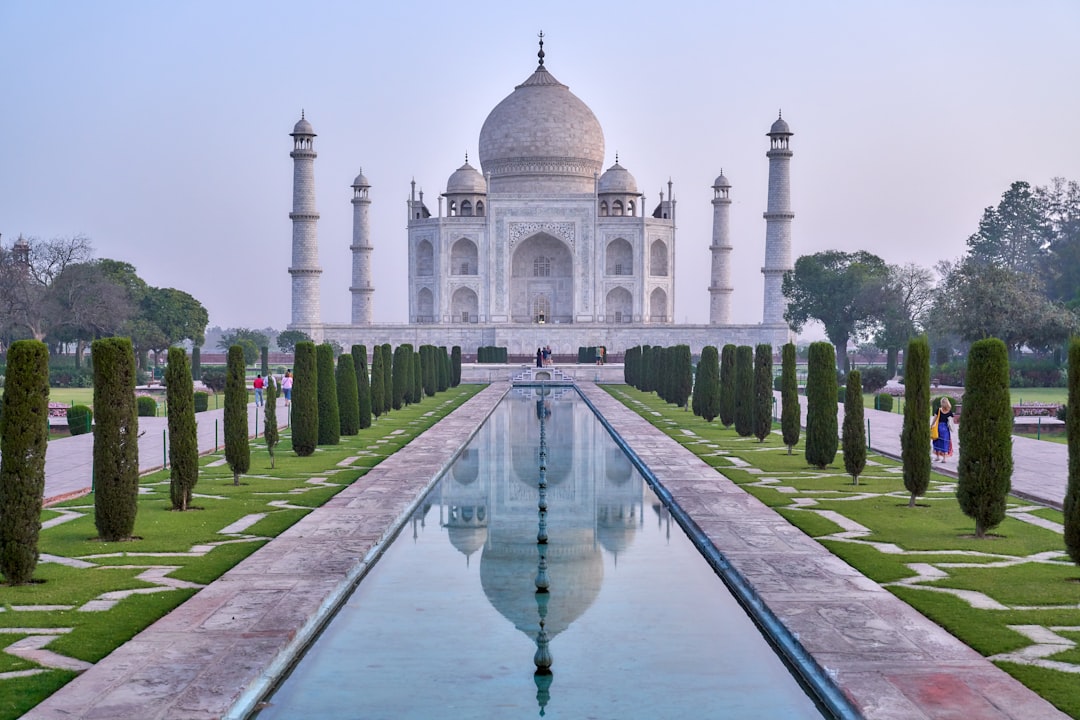
Shopping in the Golden Triangle: A Guide to Finding Treasures
Shopping in India’s Golden Triangle is an adventure in itself—a dazzling foray into the regions’ deeply-rooted artisan traditions and vibrant bazaars. When using this India’s Golden Triangle Travel Guide for shopping pointers, you ensure an experience as rich in culture as it is in souvenirs. Here are some insights to guide you on your treasure-hunting journey:
- Delhi’s Markets and Boutiques:
- Dilli Haat: An open-air market showcasing handicrafts from across India. Find handwoven textiles, intricate jewelry, and colorful pottery.
- Chandni Chowk: A labyrinth of narrow lanes carrying everything from spices to fabrics. The Cloth Market here is famous for sarees and lehengas.
- Khan Market: Ideal for branded clothing and bookshops, as well as some of Delhi’s best street food.
- Agra’s Specialty Crafts:
- Marble Inlay Work: The descendants of those who built the Taj Mahal still create the beautiful marble inlay work. Pick up a miniature Taj or a decorative plate.
- Leather Goods: Agra is also known for its leather industry. Visit the Sadar Bazaar for quality shoes and bags.
- Jaipur’s Artistic Heritage:
- Johari Bazaar: Dive into a world of glittering gems and jewelry. Jaipur is famous for its stones and jewels.
- Bapu Bazaar: Offers a variety of Rajasthani textiles, including the vibrant Bandhani tie-dye and block-printed fabrics.
Moreover, for those seeking a clear comparison:
| Market | Delhi | Agra | Jaipur |
|---|---|---|---|
| Handicrafts | Dilli Haat | Marble Inlay Shops | Johari Bazaar |
| Textiles | Chandni Chowk | Sadar Bazaar | Bapu Bazaar |
| Leather | – | Leather Shops | – |
| Jewels | – | – | Johari Bazaar |
Remember, bargaining is an art in these markets, so never settle for the first price! Embrace the haggle and immerse yourself in the vibrant market culture. Moreover, by purchasing locally made items, you’re contributing to the local economy, which is a significant part of responsible tourism as highlighted in India’s Golden Triangle Travel Guide. Keep your senses open for the finest craftsmanship—the Golden Triangle is a true treasure trove for discerning shoppers.
Conscious Traveling: Tips for Sustainable Tourism in India’s Golden Triangle
Embarking on a journey through India’s Golden Triangle—a region encapsulated by Delhi, Agra, and Jaipur—is not only about embracing the wealth of cultural and historical experiences but also about traveling consciously. For those wishing to tread lightly and make a positive impact, here are some sustainable tourism tips for your India’s Golden Triangle Travel Guide.
- Choose Eco-Friendly Accommodations: Seek out hotels and guesthouses that prioritize sustainability through energy-efficient lighting, water-saving practices, and recycling programs. These establishments often support local economies and have a lower carbon footprint.
- Support Local Artisans: Instead of purchasing mass-produced souvenirs, invest in the local economy by buying handmade items directly from artisans. This ensures your money supports the communities you’re visiting and promotes cultural heritage.
- Use Public Transport: Reduce your carbon emissions by using the extensive network of trains and buses. Not only is it a more eco-friendly option, but it also offers an immersive experience of local life.
- Embrace Walking Tours: Many of the attractions within each city of the Golden Triangle are within walking distance of each other. Opt for guided walking tours, which provide in-depth insights while minimizing environmental impact.
- Eat Local: Enjoy meals at local eateries that source ingredients from nearby farms. You’ll not only taste the region’s authentic flavors but also contribute to the local agricultural community.
- Carry a Reusable Water Bottle: To help cut down on plastic waste, carry a reusable water bottle that you can refill throughout your journey.
- Respect Cultural Norms and Sites: Show appreciation for the history and culture by respecting monuments, temples, and traditions. Stick to designated paths and avoid touching ancient structures.
Conscious travel within India’s Golden Triangle means making choices that preserve the environment, empower the local population, and ensure the wonders you’ve come to see endure for generations. Keep these tips in your India’s Golden Triangle Travel Guide, and you’ll not only have a remarkable trip but also contribute to a sustainable future for this vibrant region.
